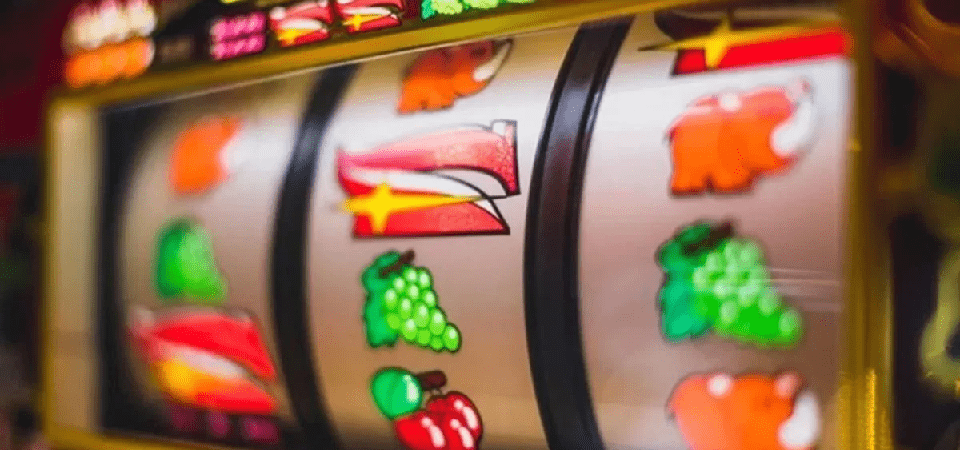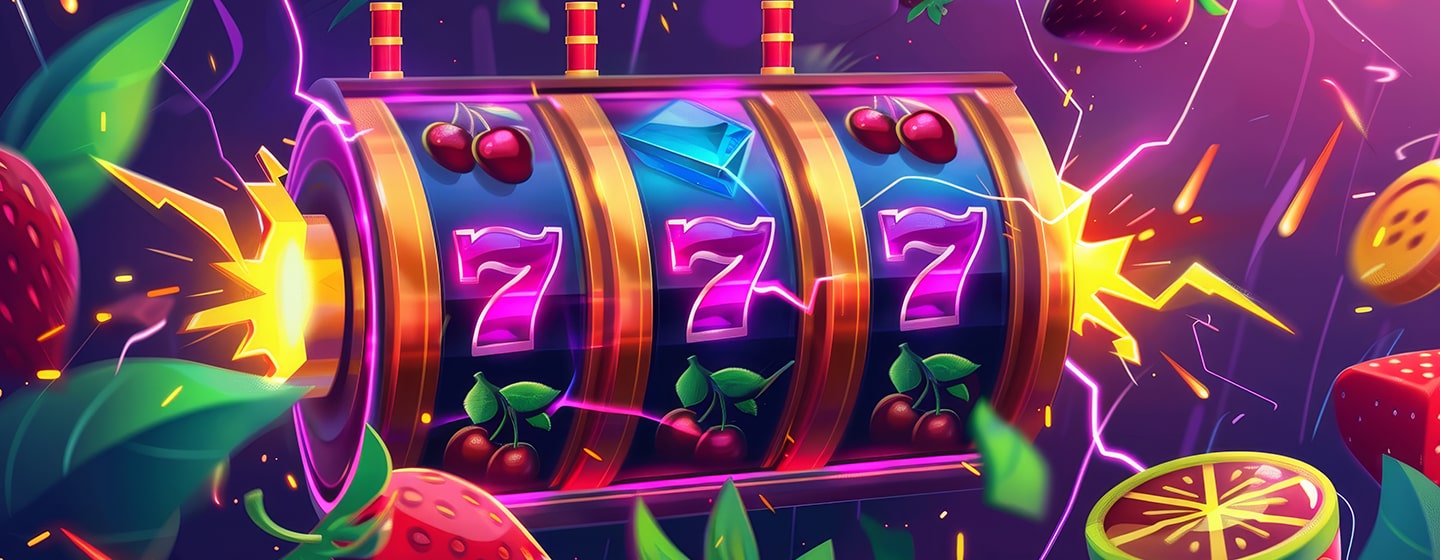
Study: Slot Machine RTP Warnings Backfire, Mislead Gamblers
Gambling authorities mandate that return-to-player (RTP) rates be clearly shown on slot machines, enabling players to make informed decisions. However, a new study suggests they might be mistaken.
Past studies have shown that many players misinterpret RTP, frequently causing them to exaggerate their perceived likelihood of winning.
The recent research conducted by the University of Nottingham’s School of Psychology in the UK aimed to evaluate the effect of a typical RTP message on perceived probabilities in relation to having no information. Spoiler alert: it did indeed.
What does RTP mean?
RTP, typically expressed as a percentage, indicates the amount of money a slot machine returns to players over a period. Therefore, if a slot machine features an RTP of approximately 90%, it indicates that for every $100 wagered, it will return $90 on average over time. The casino retains the other $10. That is their gain, also known as the “house advantage.”
Essentially, this represents a long-term average derived from millions of spins. This doesn’t imply that you will receive 90% in return after playing a single session. It also does not imply that 90% of players are winners – a prevalent misunderstanding.
Slot machines operate randomly. Certain individuals may earn substantial rewards rapidly. Some may lose everything even faster, even on a device with a high RTP.
What RTP fails to clarify is volatility (the variability of wins/losses), hit frequency, or maximum loss.
Five Times More Hopeful
The research, called “Never Tell Me the Odds: Common Return-to-Player Information Enhances Gamblers’ Perceived Winning Likelihoods,” released in Science Direct, examined 6,000 slot machine players from the UK and the US.
Before attempting a new slot game, players were presented with one of four messages: a standard RTP line (“This game offers an average payout of 90%”), one of two “house edge” alerts (“This game retains 10% of all bets” or “This game is designed to take 10% of your wager on every bet”), or no information whatsoever. They were subsequently asked: What do you believe your chances of winning are?
The outcomes were remarkable. Players who received the standard 90% RTP message were over five times more likely to assess their winning chances as high, in comparison to those who did not see any message.
Both house edge messages were notably more effective than RTP in managing expectations — yet no better than the absence of information entirely.
Notably, individuals who scored higher on problem gambling tended to overrate their odds solely in the absence of information, indicating they might be particularly susceptible to creating optimistic narratives.















